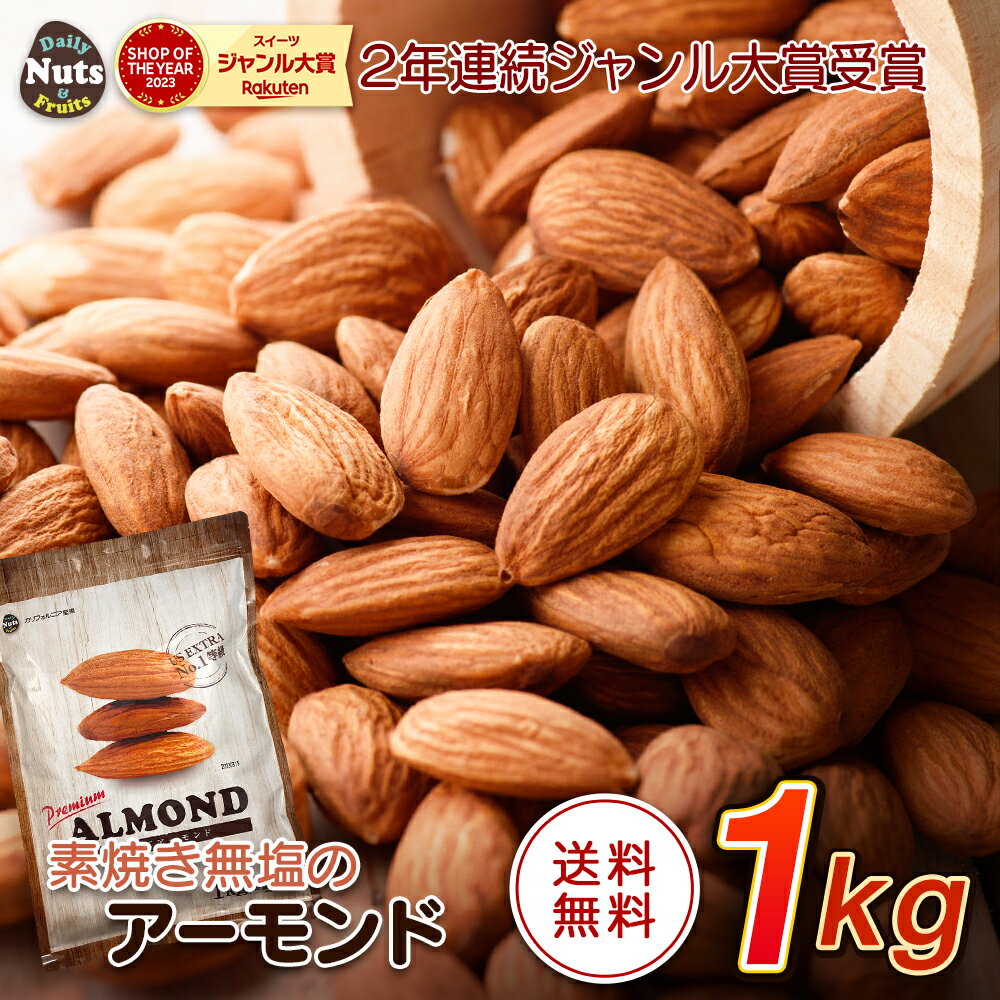論文No3825
Comparison of Pirfenidone and Nintedanib
POST HOC ANALYSIS OF THE CLEANUP-IPF STUDY
John S. Kim,Susan Murray,Eric Yow,...Kevin R. Flaherty,Fernando J. Martinez,Imre Noth
CHEST, VOLUME 165, ISSUE 5, P1163-1173, MAY 2024.
<背景>
抗線維化薬は特発性肺線維症(IPF)のFVC低下を遅らせるのに有効である。
しかし、抗線維化薬の種類がFVC低下と異なる関連があるかどうかについては、まだ結論が出ていない。
<研究課題>
ピルフェニドンとニンテダニブの12ヵ月間のFVC低下に有意差はあるか?
<研究デザインと方法>
Clinical Efficacy of Antimicrobial Therapy Strategy Using Pragmatic Design in IPF(CleanUP-IPF)試験(No.NCT02759120)を用いてpost hoc解析を行った。
試験登録時にピルフェニドンまたはニンテダニブの使用を報告した参加者を一次解析の対象とした。
ベースライン時、12ヵ月後および24ヵ月後の来院時にスパイロメトリーを実施した。
FVCの経時的変化を調べるために、ランダム切片とランダム勾配を用いた線形混合効果モデルを用いた。
モデルは年齢、性別、喫煙歴、冠動脈疾患歴、ベースラインFVC、12ヵ月スプライン項で調整した。
年齢、性別、喫煙歴、冠動脈疾患歴、ベースラインFVCおよび一酸化炭素拡散能で調整したCox回帰モデルを用いて、
抗線維化薬の種類別に生存率および非選択的呼吸器入院率を求めた。
<結果>
CleanUP-IPF試験で無作為化されたIPF参加者513人のうち、
407人がピルフェニドン(n=264、65%)またはニンテダニブ(n=143、35%)の使用を報告した。
ピルフェニドン群ではニンテダニブ群より冠動脈疾患の既往が多かった(それぞれ34.1%対20.3%)。
ニンテダニブ群ではピルフェニドン群より12ヵ月後のFVCが高かった(平均差106mL;95%CI、34-178)。
この差は24ヵ月目の来院時には減少していた。
ピルフェニドン投与群とニンテダニブ投与群では、全生存期間および非選択的呼吸器入院に有意差はみられなかった。
<解釈>
臨床試験の事後解析において、ニンテダニブを使用したIPF患者はピルフェニドンよりも12ヵ月間のFVC低下が遅かった。
DeepL.com(無料版)で翻訳しました。
Background
Antifibrotics are effective in slowing FVC decline in idiopathic pulmonary fibrosis (IPF). However, whether antifibrotic type is differentially associated with FVC decline remains inconclusive.
Research Question
Are there significant differences in 12-month FVC decline between pirfenidone and nintedanib?
Study Design and Methods
A post hoc analysis was performed using the Clinical Efficacy of Antimicrobial Therapy Strategy Using Pragmatic Design in IPF (CleanUP-IPF) trial (No. NCT02759120). Participants who reported using pirfenidone or nintedanib on enrollment into the trial were in the primary analysis. Spirometry was scheduled at baseline and the 12- and 24-month study visits. Linear mixed-effects models with random intercept and slope were used to examine changes in FVC over time. Models were adjusted for age, sex, smoking history, coronary artery disease history, baseline FVC, and 12-month spline term. Survival and nonelective respiratory hospitalization by antifibrotic type were determined using Cox regression models with adjustment for age, sex, smoking history, coronary artery disease history, and baseline FVC and diffusing capacity for carbon monoxide.
Results
Out of the 513 participants with IPF randomized in the CleanUP-IPF trial, 407 reported using pirfenidone (n = 264, 65%) or nintedanib (n = 143, 35%). The pirfenidone group had more participants with a history of coronary artery disease than the nintedanib group (34.1% vs 20.3%, respectively). Patients treated with nintedanib had a higher 12-month visit FVC than patients treated with pirfenidone (mean difference, 106 mL; 95% CI, 34-178). This difference was attenuated at the 24-month study visit. There were no significant differences in overall survival and nonelective respiratory hospitalization between the pirfenidone- and nintedanib-treated groups.
Interpretation
Patients with IPF who used nintedanib had a slower 12-month FVC decline than pirfenidone in a post hoc analysis of a clinical trial.


